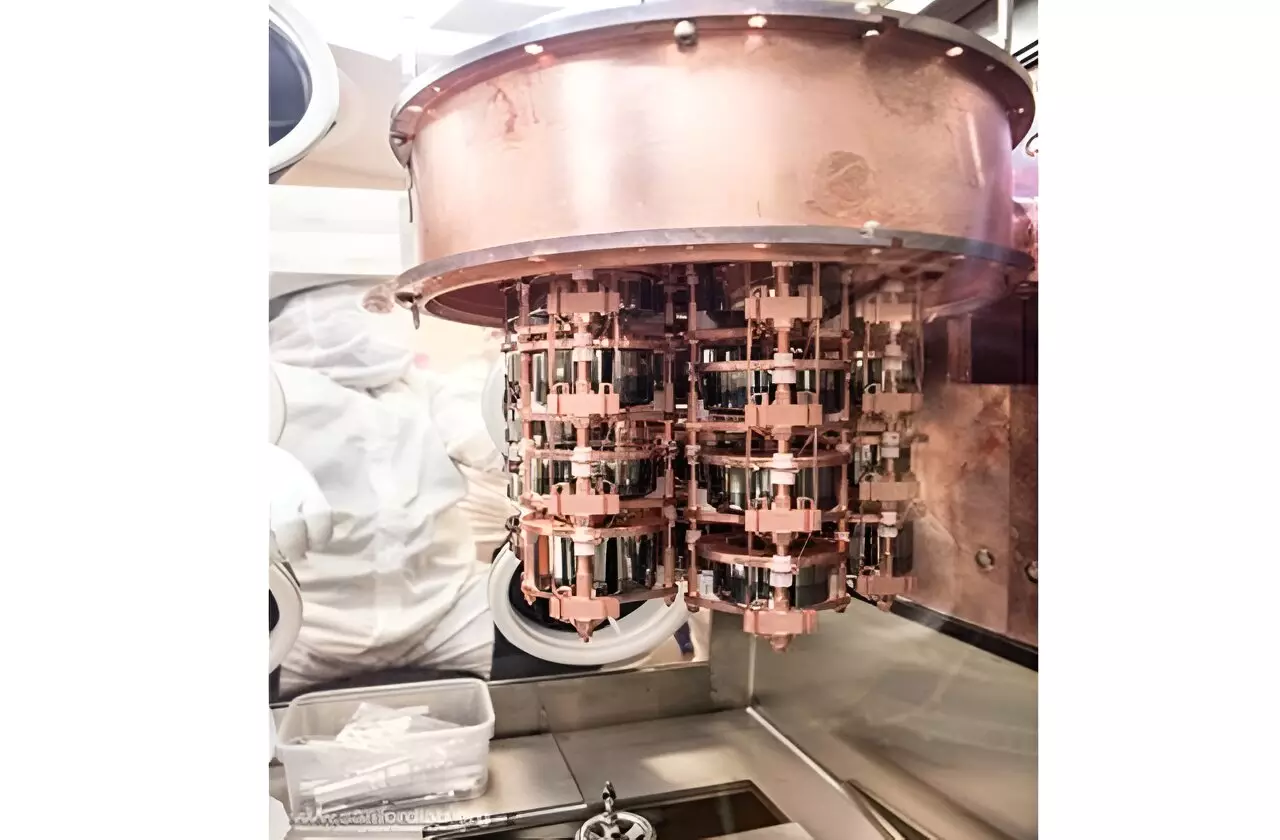The scientific community has long been intrigued by the elusive nature of dark matter, which is believed to play a significant role in the motion of stars and galaxies. The prevailing hypothesis suggests that dark matter consists of particles that are incredibly weakly interacting. Researchers have conducted extensive experiments, such as the Majorana Demonstrator, to detect the presence of these particles on Earth. Despite the use of cutting-edge technology and sensitive detectors, no conclusive evidence of dark matter has been observed. This raises questions about the accuracy of existing theoretical models and the limitations of current detection methods.
The Majorana Demonstrator, an underground radiation detector shielded from ambient radiation, was designed to detect the faintest signals of dark matter collisions. While the experiment was conducted with high precision and sensitivity, the expected signals of dark matter particles were not detected. This outcome suggests that the detectors may not be capable of capturing the subtle interactions of dark matter particles, or that the theoretical models predicting their behavior are flawed. The lack of conclusive evidence raises doubts about the effectiveness of the current experimental approach and highlights the challenges of detecting such elusive particles.
The results of the Majorana Demonstrator experiment provide valuable insights into the nature of dark matter and the limitations of current detection methods. While the study did not yield the expected results, the researchers’ approach could inform future experiments and guide the development of more advanced detection technologies. By narrowing down the characteristics of potential dark matter particles, the research contributes to the ongoing quest to unravel the mysteries of the universe. The collaborative efforts of multiple universities and laboratories underscore the interdisciplinary nature of dark matter research and the necessity of working together to overcome existing challenges.
The discovery of dark matter particles would revolutionize our understanding of the universe and open up new possibilities for physics beyond the Standard Model. By detecting specific types of dark matter and ruling out certain theoretical models, researchers are inching closer to unlocking the secrets of the cosmos. The Majorana Demonstrator experiment’s remarkable sensitivity and broad scope reflect the importance of pursuing innovative approaches to dark matter detection. While the search for dark matter continues to pose significant challenges, the scientific community remains committed to unraveling the mysteries of the universe through groundbreaking research projects like the Majorana Demonstrator.


Leave a Reply